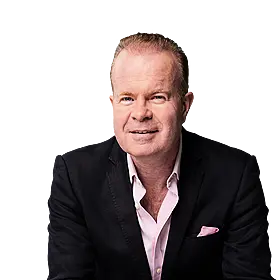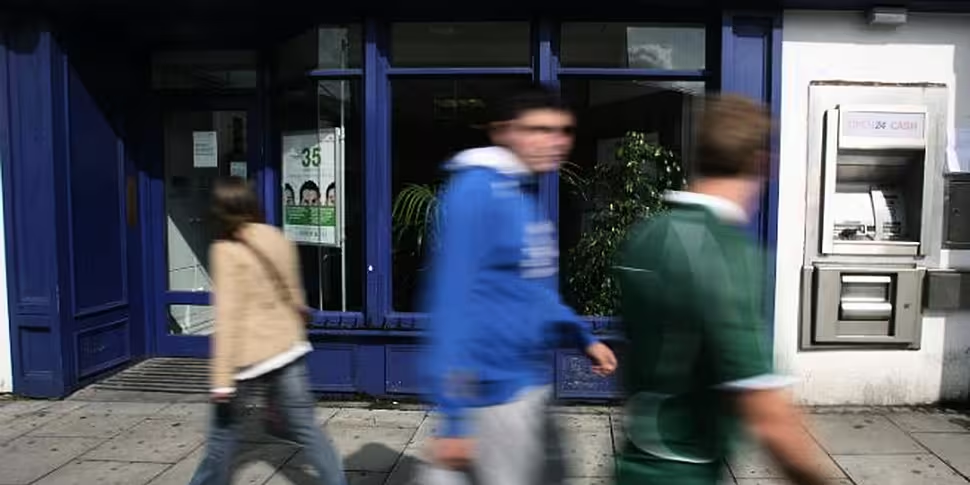“Why would investors put their money in a small Irish retail bank?” asked Permanent TSB Chief Executive, Jeremy Masding rhetorically, in response to a press conference question yesterday about the bank’s 2015 performance and, more importantly, its prospects.
Well, investors piled into the purchase of a minority shareholding in the bank last Spring when the Government floated a 25% stake at 450c per share, probably for a combination of factors.
Firstly, the IPO was appropriately priced at the time and prior to the sharp downturn in banking stocks generally since; the bank had also shown it had managed to deal with the worst of its legacy debts (though it remains particularly hamstrung by low, or no-yielding tracker mortgage customers); and, at the time, it was seen as likely to benefit disproportionately from a fast-recovering Irish economy.
Most importantly, the bank had well over €2bn in impaired asset and other reserves, which as the economy and customer accounts improved, would flow back over a three-year time frame to boost bottom line profit and earnings growth.
The reserves are still there, though the market was surprised that they were added to rather than partially released to profits during 2015. Appropriately-timed, these will still provide strong support in meeting the 2018 targets set out for investors.
On other fronts, however, the bank is facing fairly strong headwinds as Jeremy Masding himself acknowledged yesterday. As a retail bank, focussed exclusively on Ireland and with no real corporate or assurance arms, mortgage lending is a key business for Permanent TSB. In this respect it performed limply last year with just 2% growth compared to strong double-digit expansion on the part of its larger competitors, AIB and Bank of Ireland.
Again Masding acknowledged this underperformance fully while stressing, perhaps overly-stressing, that the market is now responding well to the bank’s amended mortgage product mix and that he has the right personnel, products and sales platforms to grow from 9% market share of the mortgage market to the targeted 13% - 17% stake.
Even if these assets are as good as he believes, and as he must publicly endorse, his task is a very challenging one over the next three years. The housing market is currently in second gear for a variety of reasons and needs some short-term and radical policy decision to give it impetus, and the larger banks with their stronger marketing clout, range of product services and deeper reserves of capital, will fight very aggressively for new customers and against any nibbling of their market share.
Permanent TSB needs the housing market to free up quickly and itself to respond to customer demand more nimbly, creatively and competitively than it obviously did last year. In an ideal world it could also benefit from a significant addition to its existing and prospective customer base through the absorption of the likes of EBS, which Fianna Fail has indicated it might dislodge from its current home in AIB. But I assume nobody in management is betting their salary on that one just yet.
Perhaps, the bank’s near 80-strong branch network will prove an advantage in getting more of the mortgage and other retail banking cake...Jeremy Masding said as much yesterday, but also acknowledged that getting the Permanent TSB’s cost income ratio down from 84% - itself a significant improvement over the past year – to the 50% level achieved or targeted by competitors poses a significant challenge that will require much creativity.. There’s that word “creativity” again..
The consumer and the economy needs a strong, competitive, Permanent TSB Bank to challenge the big two, and Ulster, and to keep them honest. Investors, for obvious reasons, also need the bank to succeed and to deliver the relatively attractive return on investment which the bank has pledged.
The returns may be delivered over a three-year time frame anyway because of the scale of the impaired asset reserves that will be released as the economy continues to grow and more challenged debts are resolved.
Whether the bank performs to its full potential operationally is more open to question. Asked yesterday where growth in profitability would emanate from when the reserves were fully released, Jeremy Masding replied enigmatically; “Ask me that question in 2018.”









